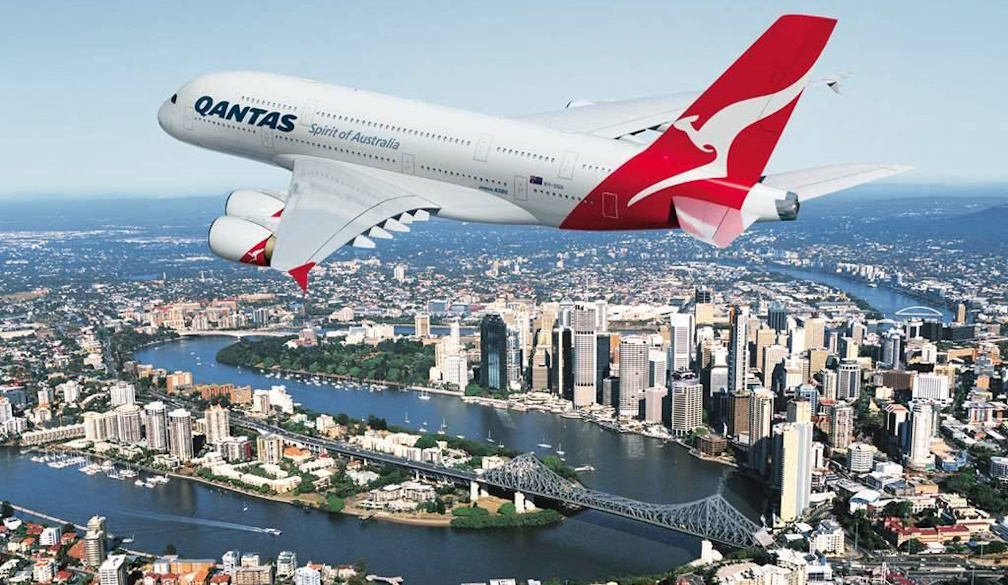Albanese government launches new strategy for ties with Southeast Asia
- Written by Melissa Conley Tyler

In Jakarta, Prime Minister Anthony Albanese will release Australia’s Southeast Asia Economic Strategy to 2040, which sets a more active government role in promoting trade and investment links.
While Australia is using all elements of statecraft to build strong defence, diplomacy and development relationships with a crucial region, there’s a gap where economic activity should be. This strategy aims to redress that.
There is no doubt the Albanese government sees Southeast Asia as vital for Australia’s security and prosperity. From the Defence Strategic Review to the new International Development Policy, it’s clear partnerships with Australia’s northern neighbours are a key priority.
In general, Australian business hasn’t shared this view.
Make better decisions - find out what the experts think.
Despite its 687 million people and expanding middle class, Australia’s level of economic engagement with Southeast Asia has remained stubbornly low.
In a particularly damning statistic, Australia’s direct investment in New Zealand is more than in the whole of dynamic Southeast Asia. The region as a whole is forecast to average growth of 4% to 2040. This means it will become the world’s fourth-largest economy by 2040, after the United States, China and India.
Read more: Why Indonesia wants Australia's help to supply the world with electric vehicles and batteries
Authored by former Macquarie Group CEO Nicholas Moore, the strategy is the result of extensive consultation with more than 750 Australian and regional businesses about how to expand trade and investment in the region. There were also 200 formal submissions.
The strategy sets out 75 recommendations to help increase economic engagement through raising awareness, removing blockages, building capability and deepening investment.

Australian governments have actually been trying for a long time to get Australian businesses interested in Southeast Asia. There has been a trade agreement in place with ASEAN since 2010, which was recently upgraded. The government has also funded organisations such as Asialink Business to build companies’ Asia capability for a decade.
Most recently, there has been official support for a “China +1” trade strategy to diversify Australia’s economic links and reduce its reliance on a single trading partner.
In the end, of course, business will make its own decisions. And unfortunately, trends are not positive. In recent years, Australia’s investment in Southeast Asia has been going down rather than up, against global trends.
Given greater economic engagement is not happening naturally, the new strategy sets out a much more active role for government in helping companies diversify into Southeast Asia. It’s not only exhorting Australian businesses to do better, but sets out ways government can actively remove blockages and lessen risks.
For example, the strategy recommends making it easier to invest in Australia by reducing the regulatory burden under the Foreign Investment Review Board (FIRB). In addition, it would establish a “single-door concierge service” to facilitate inward foreign investment. It suggests work on harmonising standards for goods and services, and on professional qualifications. And it sees a role for government in improving connectivity through promoting transport links and migration reform to make it easier for businesspeople to come to Australia.
The strategy sees a role for government in providing seed funding. For example, working with industry to fund a Southeast Asia research grants scheme and establishing a targeted program to support Australian First Nations businesses to increase trade and investment with the region.
In the important area of infrastructure – where Southeast Asia will require an estimated $3 trillion in investment to 2040 – it suggests Australia can play a role in early-stage project preparation. This means investors can come in once it’s ready, leveraging private capital with government capital. It also floats the idea of a political risk insurance scheme.
The hope is this will reduce the reluctance of Australian businesses ensconced in comfortable domestic markets to take risk and earn reward.
To give a sense of the untapped potential, currently only 250 exporters make up 90% of Australia’s merchandise exports to Southeast Asia. There is a lot of room for other companies to get involved.
So the strategy also sees a continuing role for government in raising awareness of the economic opportunities. It recommends a “whole-of-nation plan” to strengthen Southeast Asia literacy in Australian business, government, the education and training system, and the community.
The strategy focuses on ten key industry sectors: agriculture, resources, green energy transition, infrastructure, education and skills, tourism, healthcare, digital economy, professional services and creative industries. Recommendations are broken down by country and sector.
So should government be taking such an active approach to promoting trade and investment with Southeast Asia? From a national interest perspective, absolutely.
Australia will gain strategic benefits from stronger economic engagement with Southeast Asia. Imagine the change in relations if Australia became a key partner in the region’s green economy transition or in building much-needed infrastructure. This would transform the way the region and Australia view each other.
Read more: Imagine it's 2030 and Australia is a renewable energy superpower in Southeast Asia
In the short-term, it would make Australia more important to the region. And in the longer-term, it would help create a stable, prosperous and predictable region, which is clearly what Australia wants.
Given the national interest in greater trade and investment with important neighbours to our north, government is right to look hard at how it can be a catalyst.
We can hope the strategy introduces more businesses to the opportunities in the region, so trade and investment will no longer be the missing link in Australia’s vital relationships with Southeast Asia.






